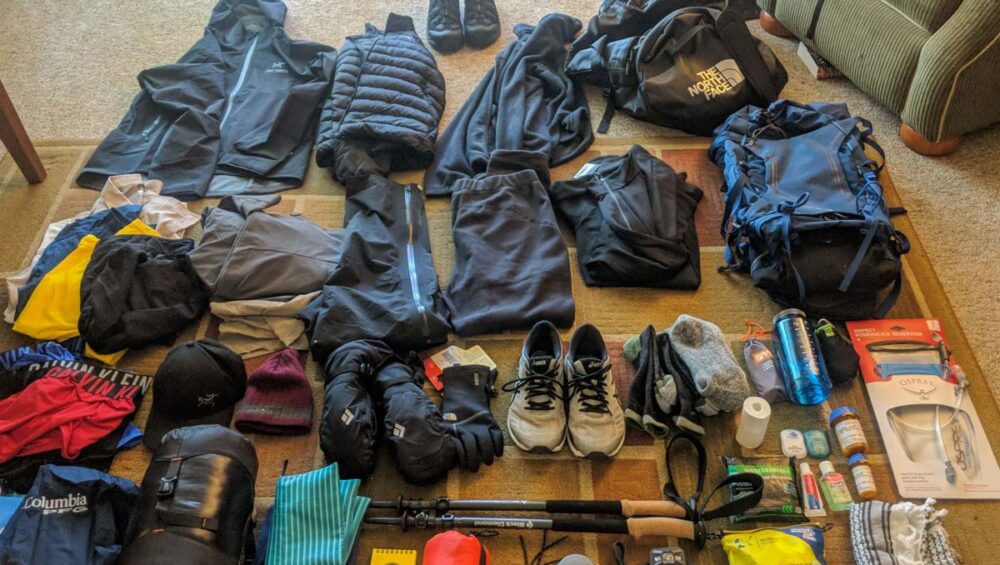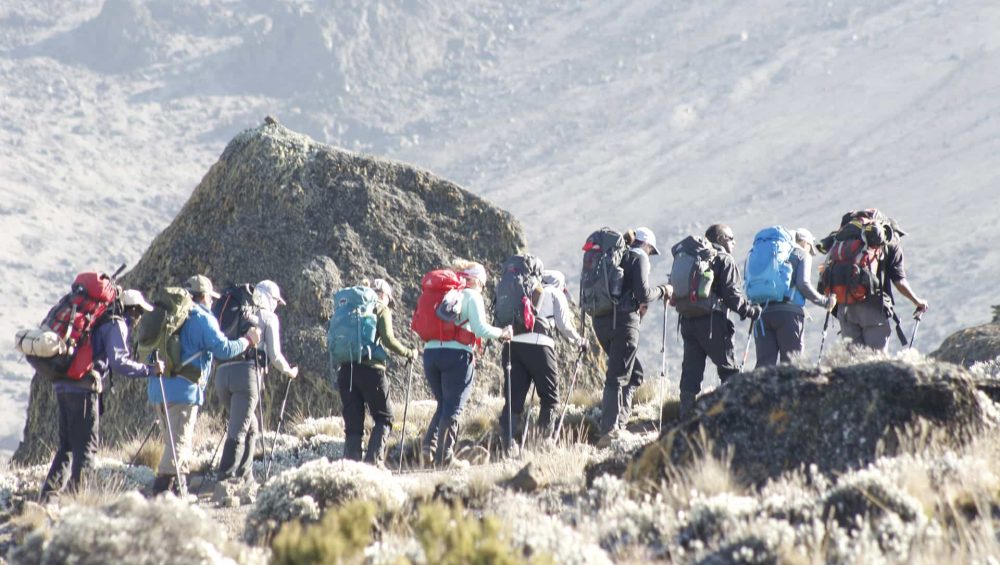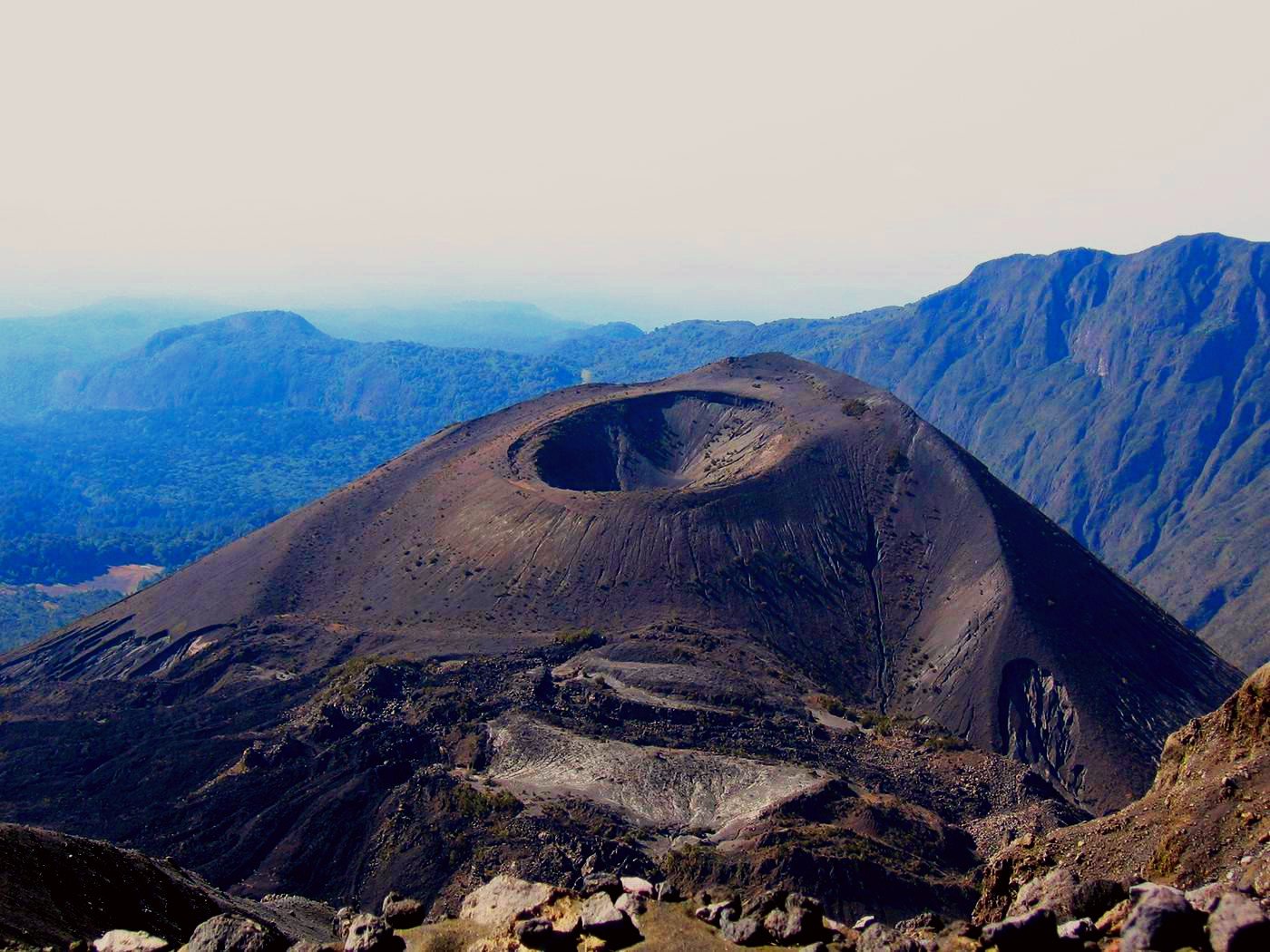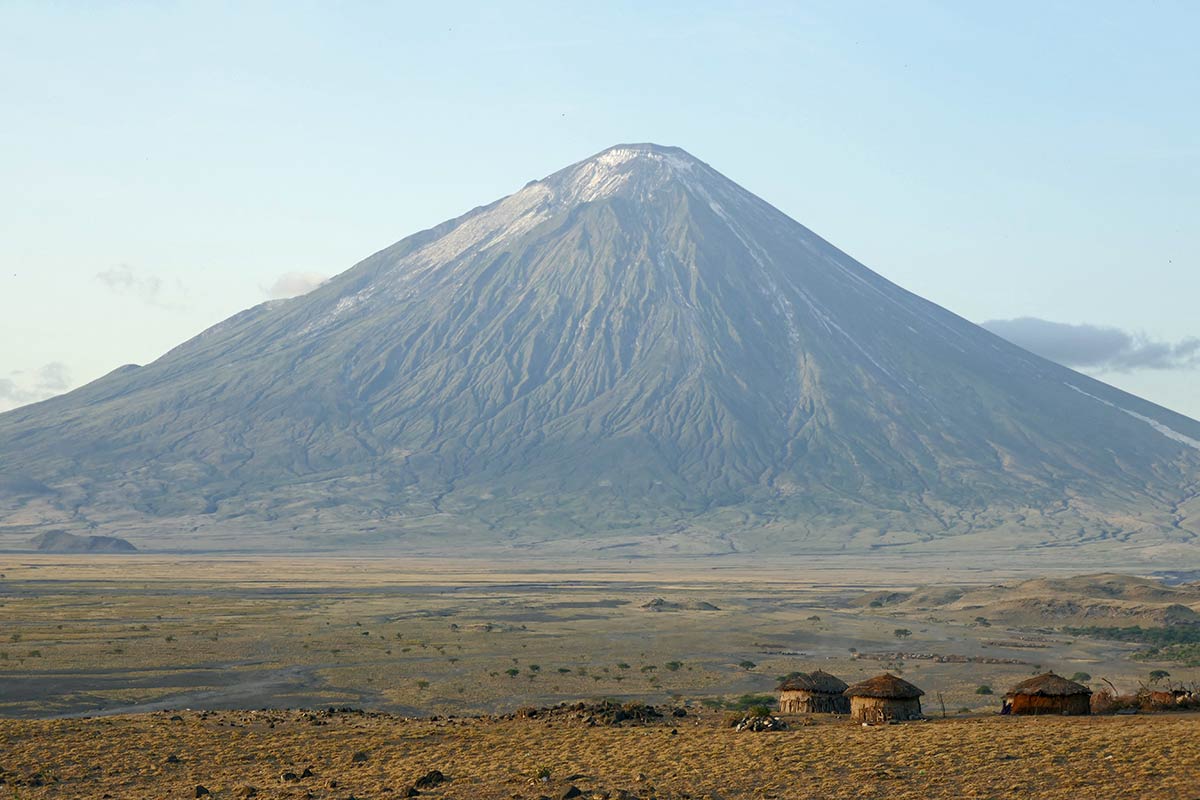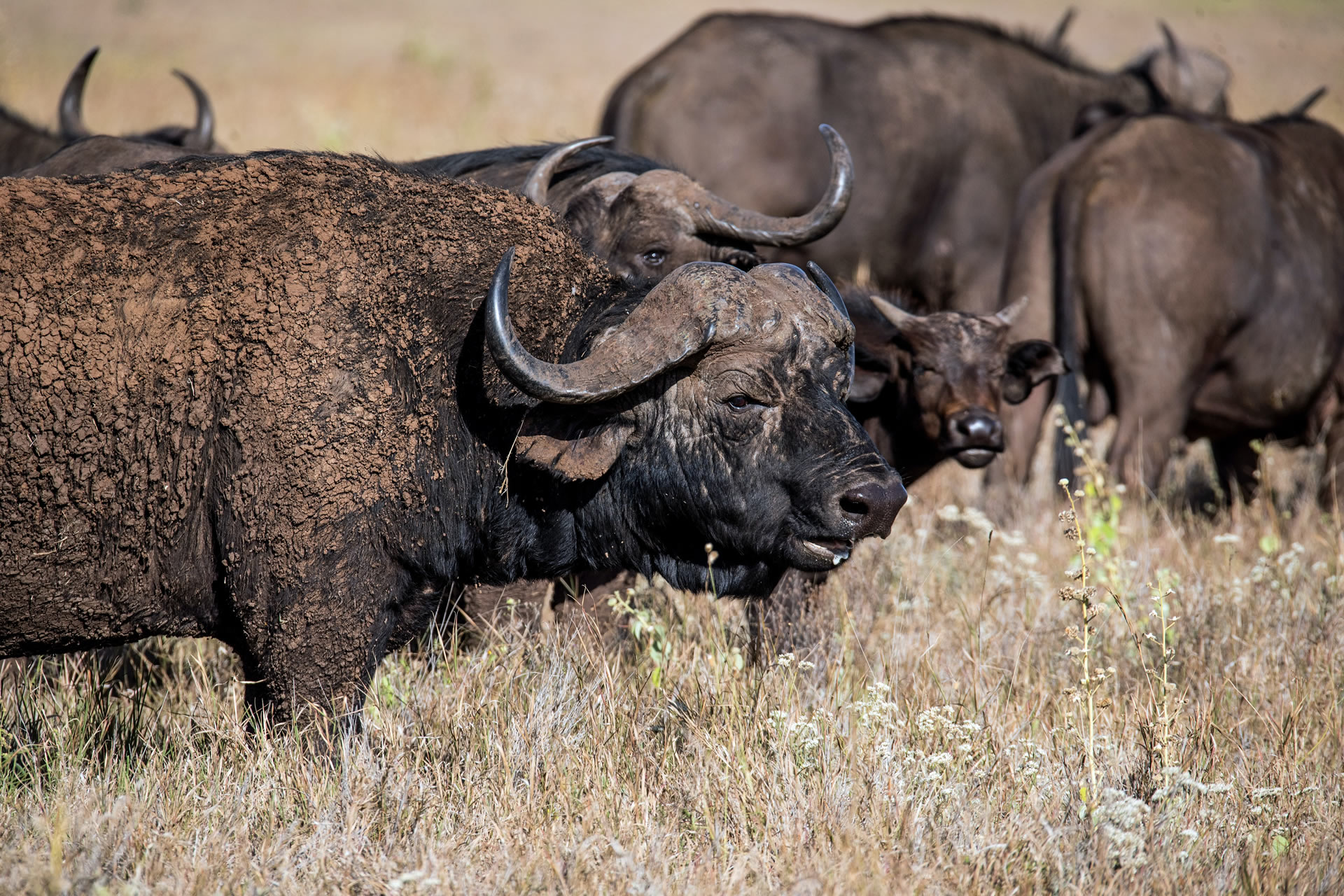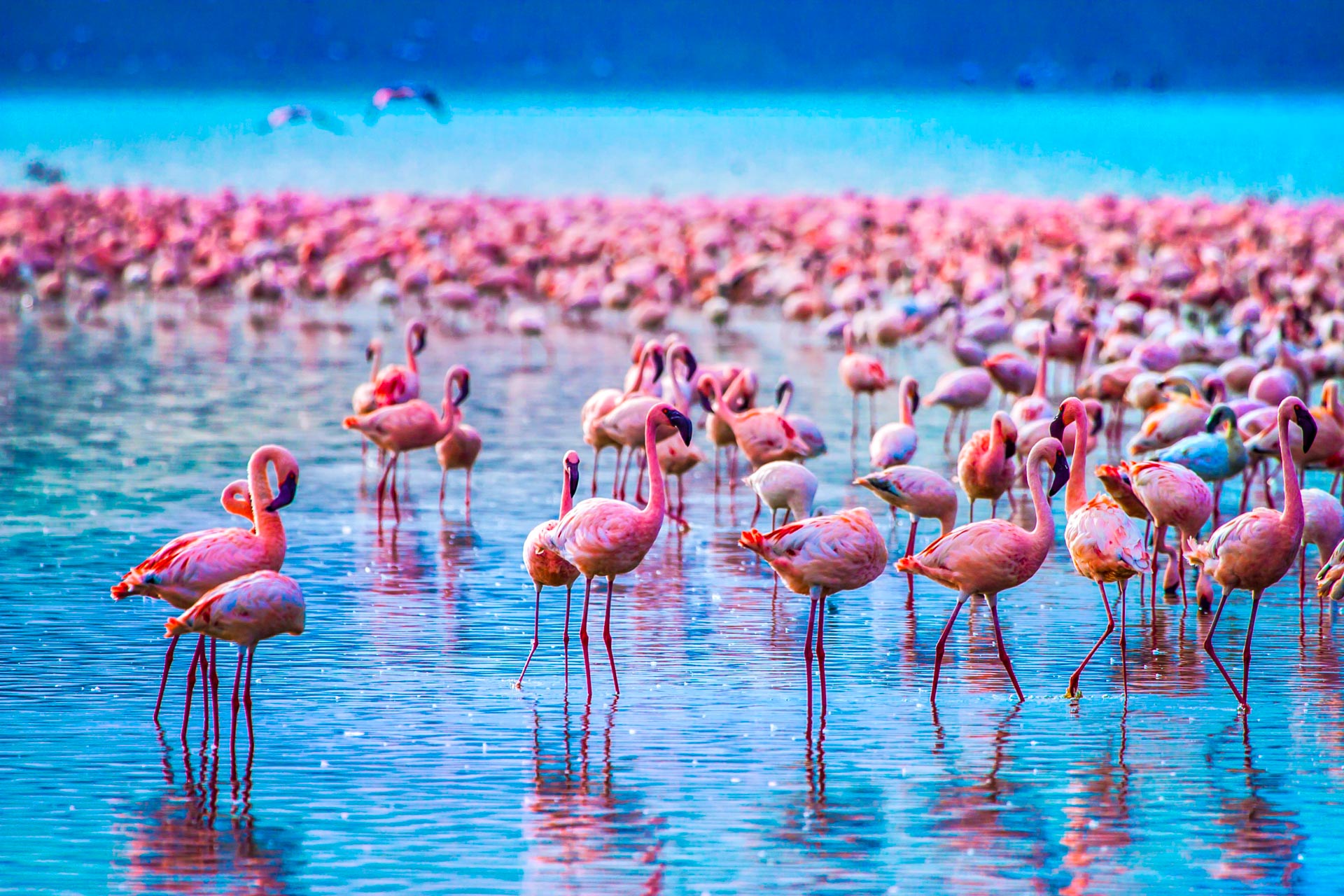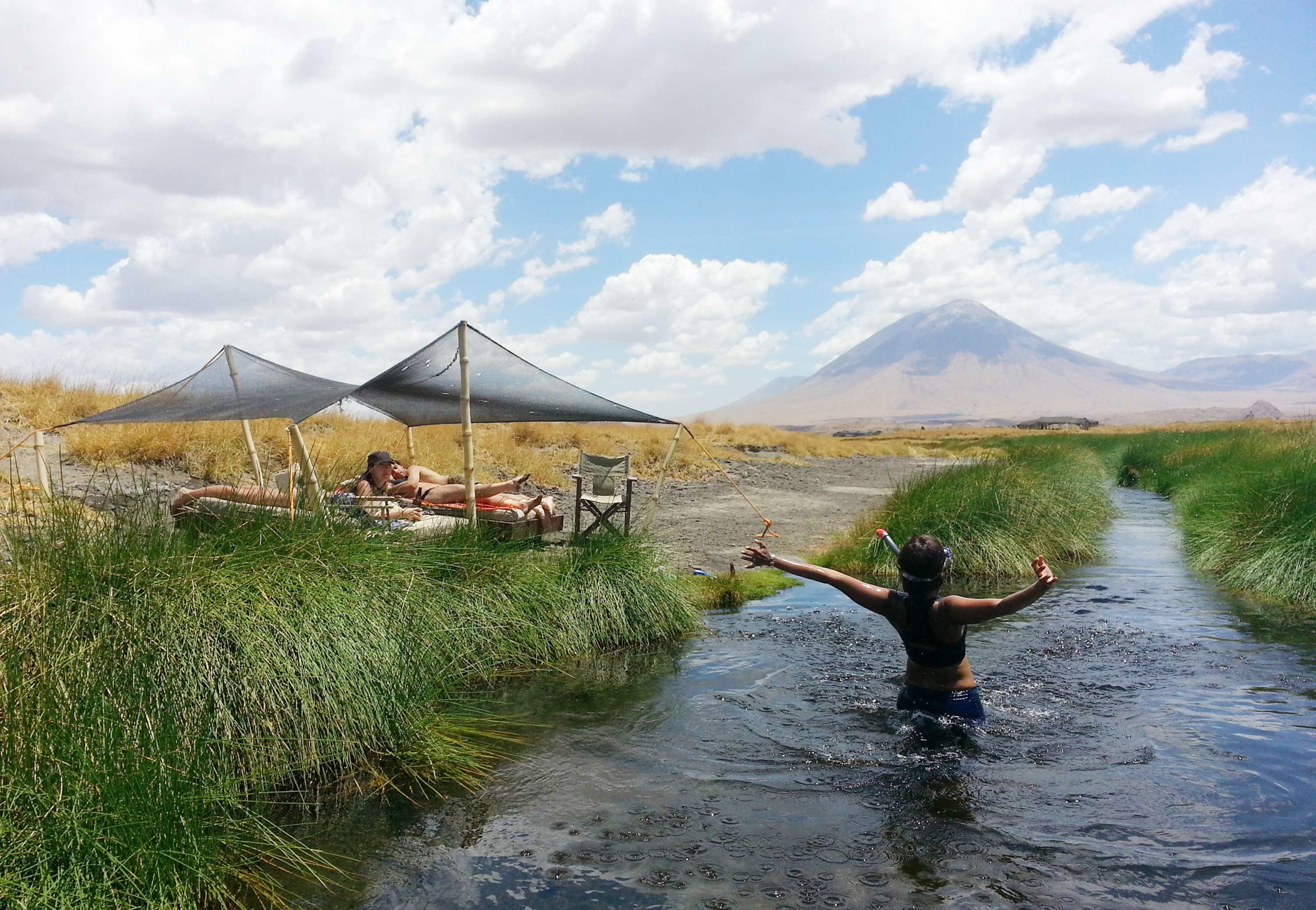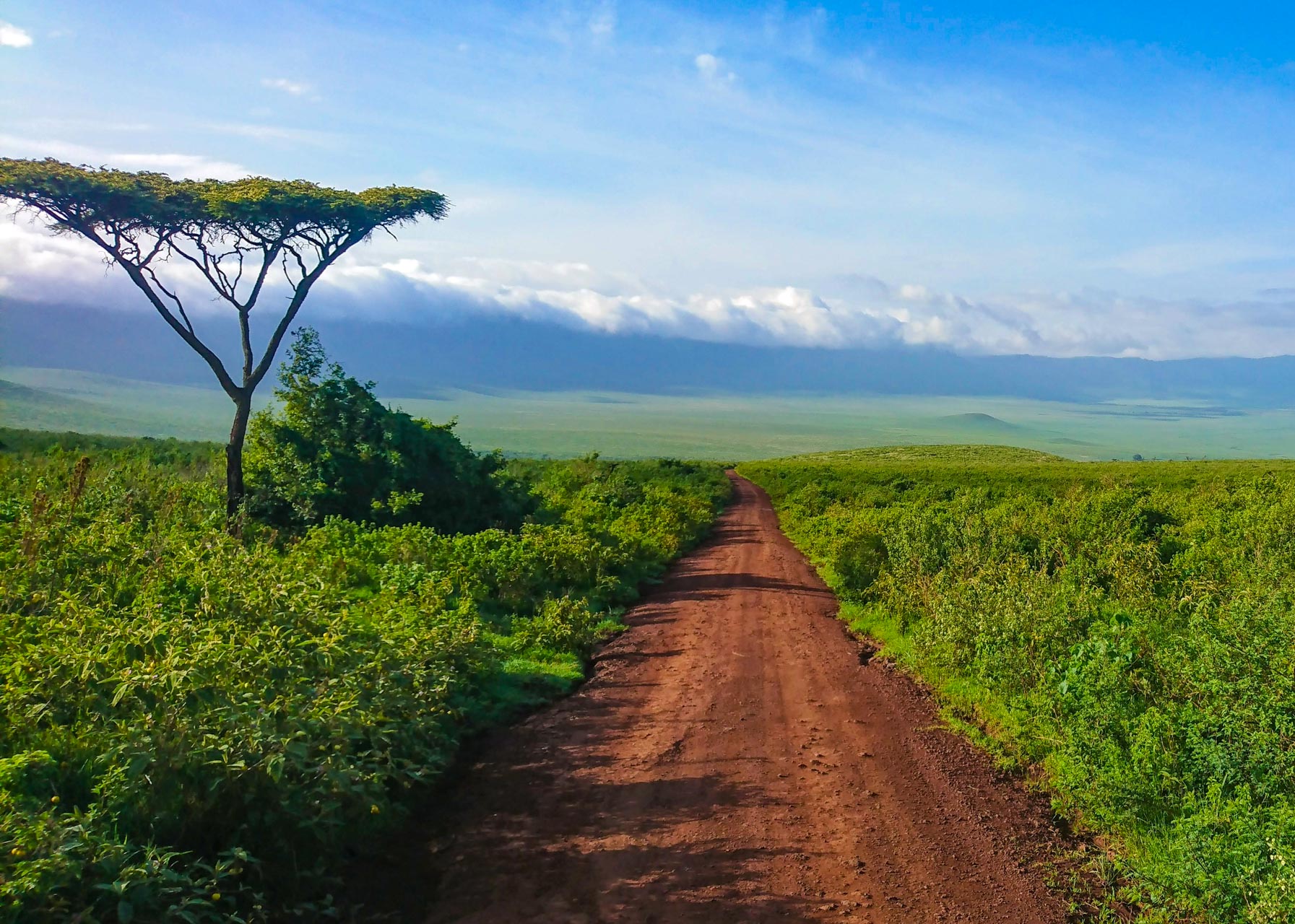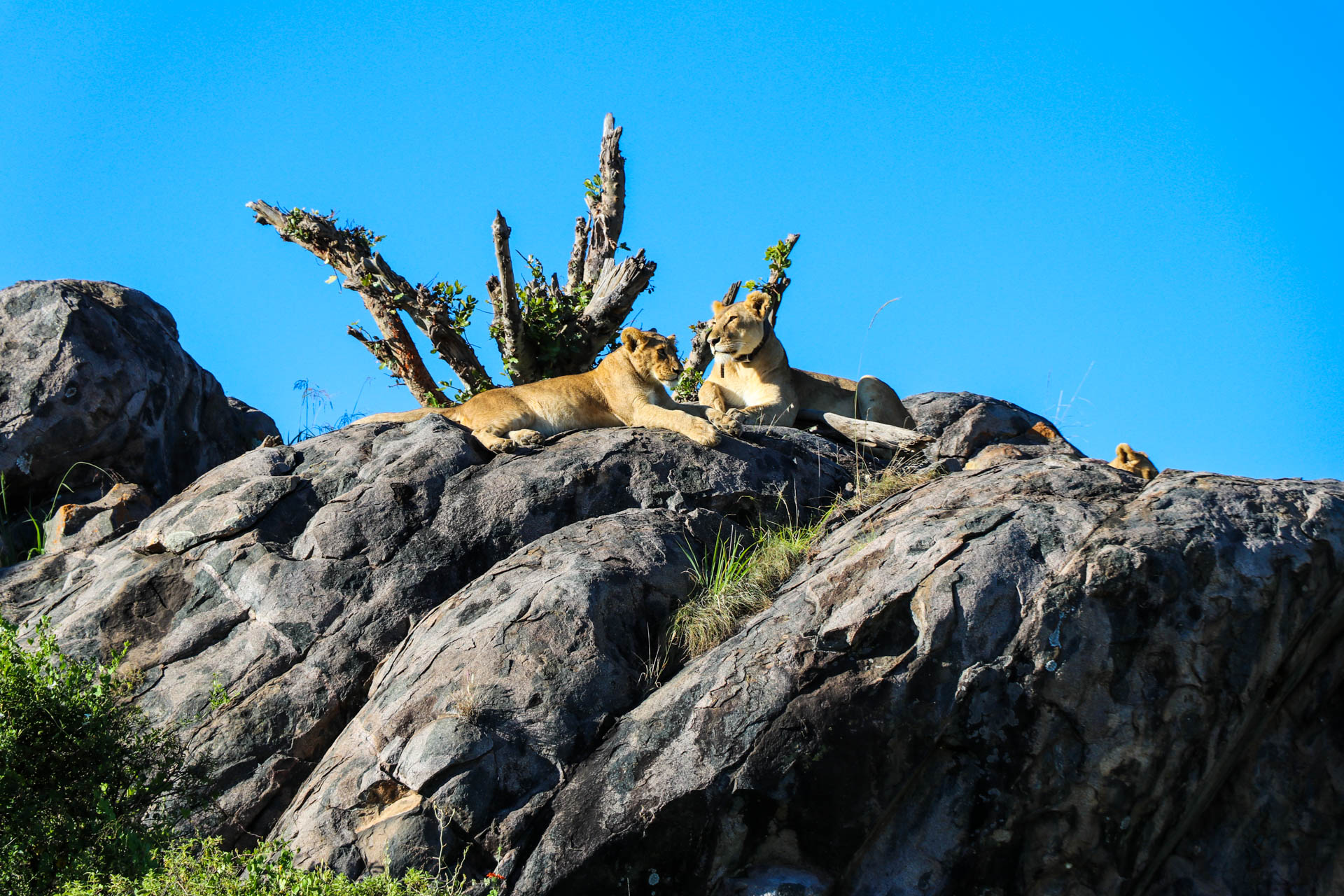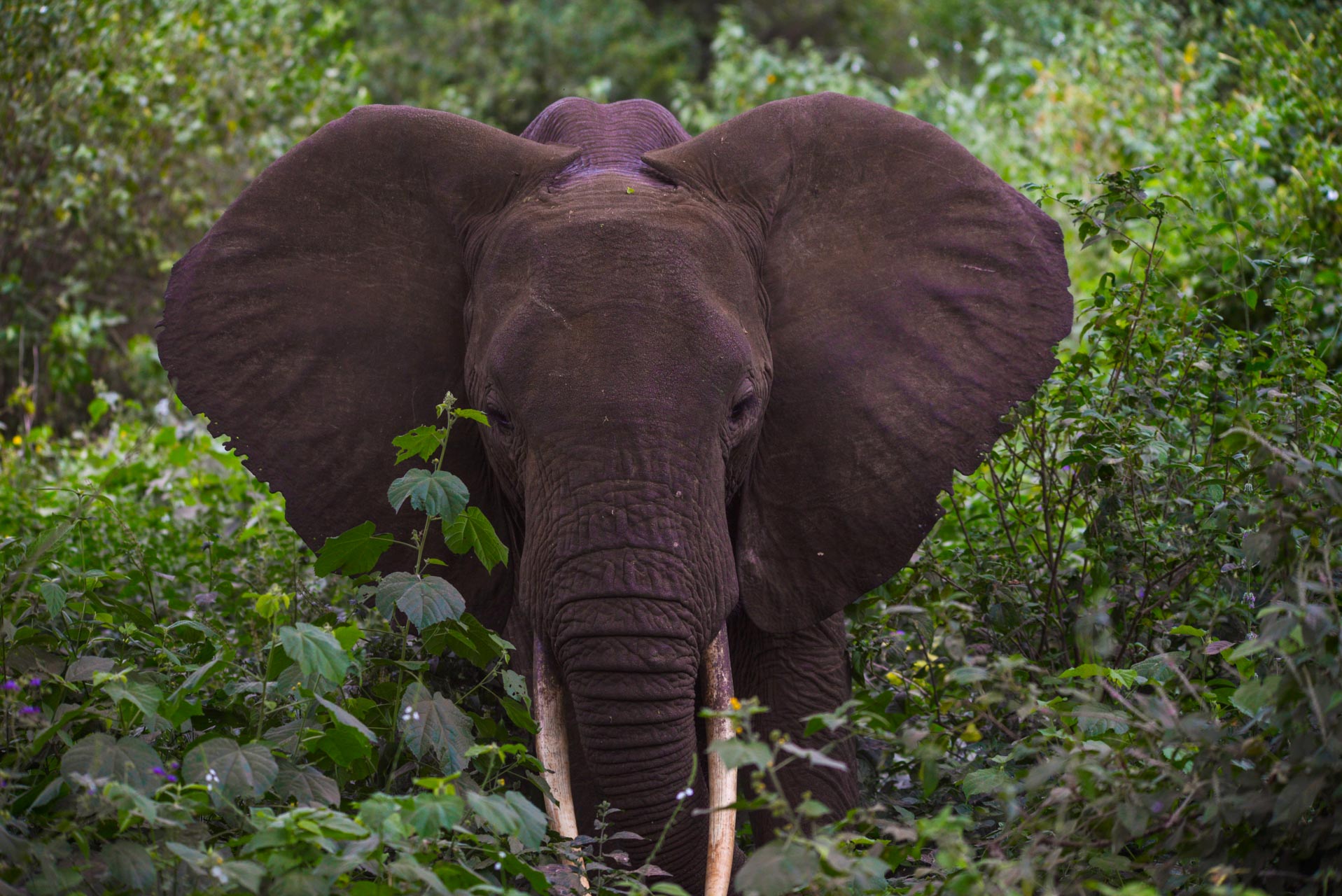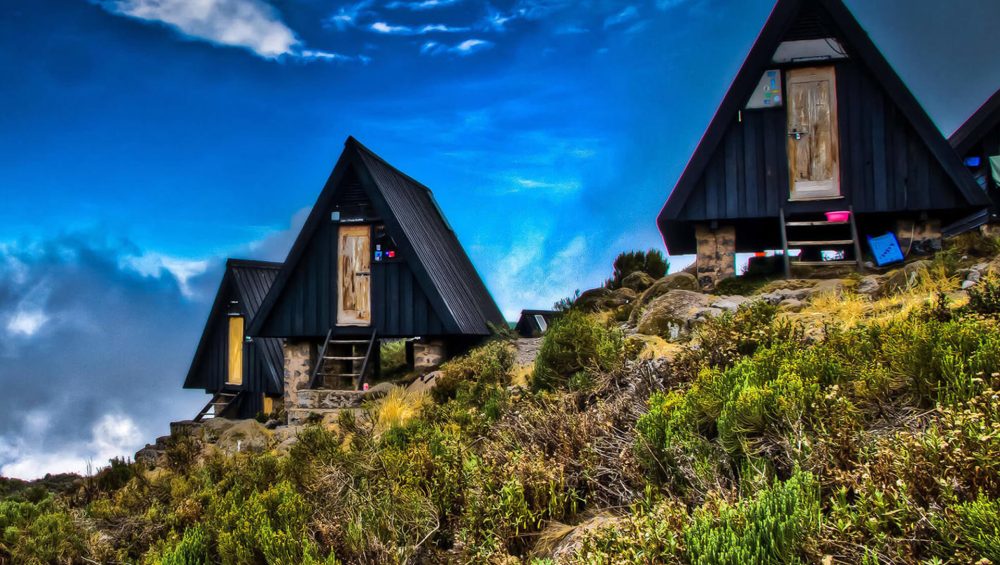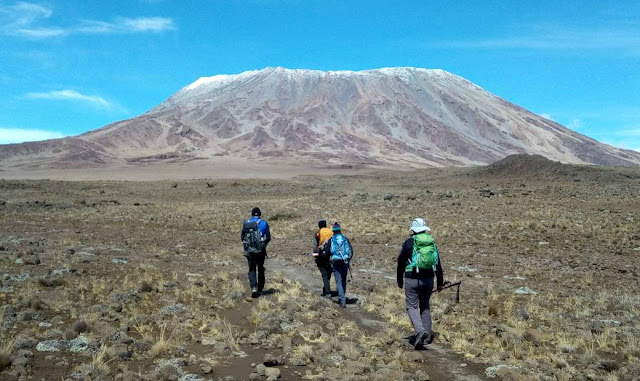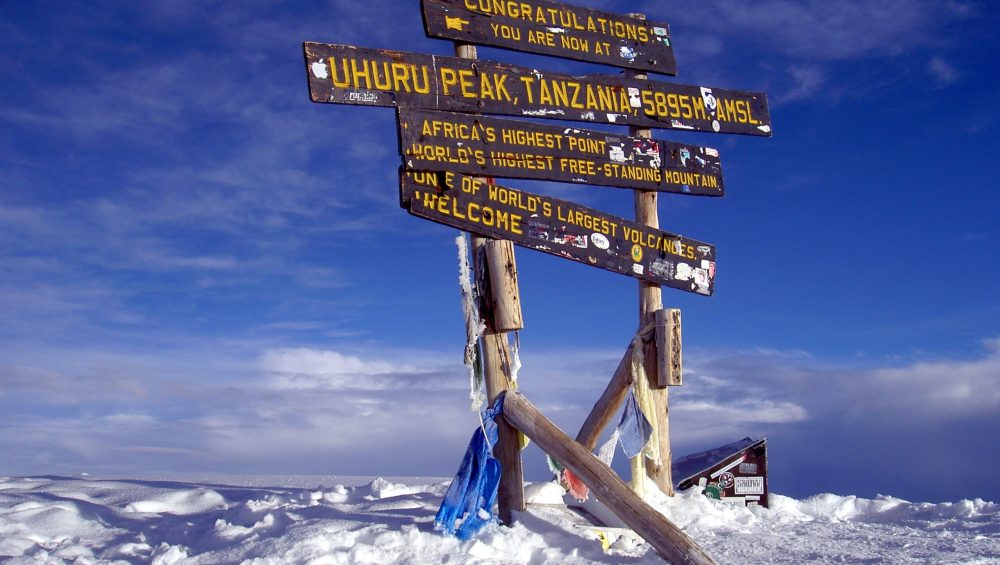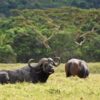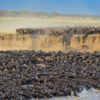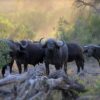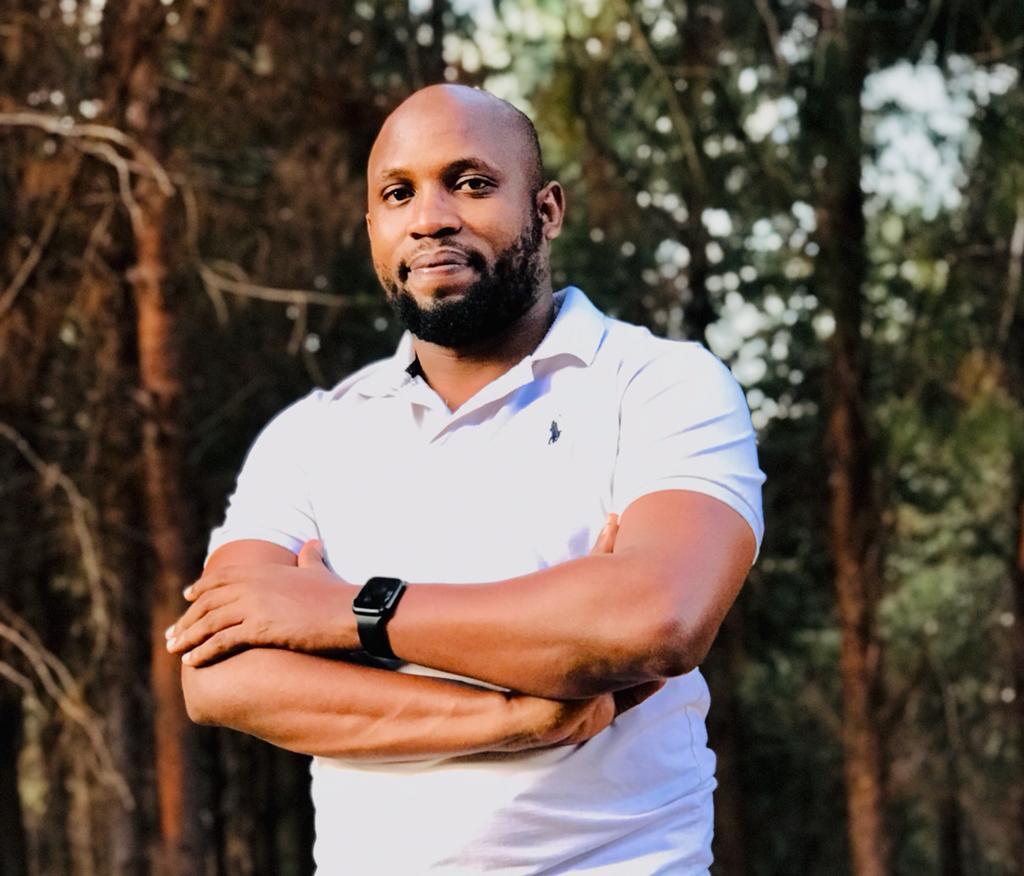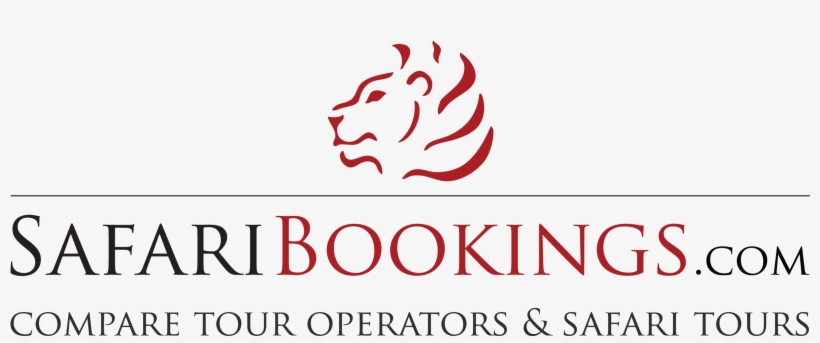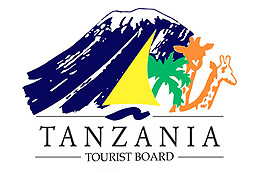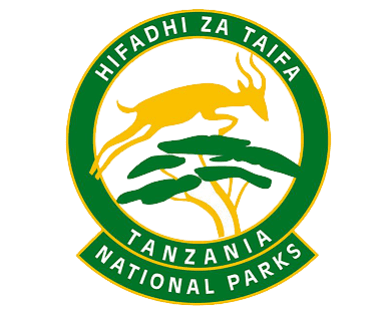Kilimanjaro Hike Kit List
Kilimanjaro Hike Kit List
To ensure a successful Kilimanjaro climb, thorough preparation is key, starting with your gear list packing. Taking the time to curate the perfect Kilimanjaro Packing List ensures you have the right fit and the highest quality equipment, setting the stage for a comfortable and enjoyable trek. Your gear can make all the difference between embracing the ambitious challenge of Kilimanjaro or wishing you were back in the comfort of your own bed. Opting for high-quality equipment ensures durability and reliability, empowering you to make the most of your trekking experience from start to finish.Kilimanjaro Packing List
When preparing your Kilimanjaro Gear List, prioritize the essentials required for a summit attempt—nothing more, nothing less. For novice climbers, refrain from investing in specialized equipment. Instead, save costs by renting gear as needed. Your packing list is paramount, as crucial items may not be readily available during the Kilimanjaro Hike. Be meticulous in your preparation to ensure you have all the necessary supplies for a successful ascent.Kilimanjaro Kit List
Packing daytime essentials is crucial, as nighttime necessities are typically available at the campsite. Given the extreme humidity and climate variations, moisture buildup is inevitable. To keep your belongings organized and dry, use dry bags of different colors—one for garments and a smaller one for electronics. Ensure your bag accommodates essentials like rain gear, water bottles, snacks, sunscreen, sunglasses, camera, and more. While a waterproof duffel may not always provide the expected level of water resistance, a backpack rain cover adds an extra layer of protection.Clothing
Kilimanjaro Packing List: Clothing for Kilimanjaro is all about versatility and moisture management. Opt for quick-drying, moisture-wicking materials to keep comfortable throughout your trek. Avoid cotton, which can become heavy and problematic to dry in cold temperatures at altitude.- 2 Baselayers of long-sleeved thermal tops
- 2-3 Short-sleeved shirts for layering
- Fleece or insulated mid-layer for warmth
- Insulated down jacket for added insulation
- Waterproof jacket large enough to fit over other layers
- Waterproof gloves to keep your hands warm and dry
- Hiking socks with varied thicknesses for comfort and moisture control
- Shorts for the first and last day of the trek
- Lightweight trousers or leggings for comfortable movement
- Fleece-lined pants for additional warmth
- Joggers or insulated tracks for versatility
- Long johns for added insulation in cold conditions
- Waterproof trousers for protection during rainstorms
- 2 pairs of grit boots with fresh socks for each day of the trek
Hiking Boots
- Try on the boots with hiking socks, ensuring they are undone.
- Slide your toes all the way to the end of the boot. You should be able to fit an index finger down the back of the heel without too much pressure.
- Move your heel back into the boot and lace them up securely.
- Walk around, especially downhill, to ensure your toes don’t squish into the front of the boot.
Sleeping
- Sleeping Bag: Choose a high-quality sleeping bag rated for cold temperatures to ensure warmth during chilly nights on the mountain.
- Sleeping Bag Liner: Invest in a sleeping bag liner to keep your sleeping bag clean and provide an extra layer of warmth and comfort. Liners also add versatility by allowing you to adjust your sleeping temperature.
- Sleeping Mat: A sleeping mat is essential for insulation and comfort, keeping you elevated off the ground and providing cushioning for a better night’s sleep. Choose a lightweight and compact mat that fits easily into your pack.
Toiletries
- Toiletries Bag or Dry Bag: Keep your toiletries organized and protected from moisture in a waterproof bag.
- Toilet Paper: Carry a travel-sized roll of toilet paper as it’s essential for traveling anywhere, including on the mountain.
- Toothbrush, Toothpaste, and Brush Holder: Maintain oral hygiene with these essentials. A brush holder keeps them clean and easily accessible.
- Soap: Pack a small bar of soap or a travel-sized bottle of liquid soap for bathing.
- Moisturizer: Keep your skin hydrated with a moisturizer suitable for your body.
- Sunscreen Lotion: Protect your skin from the sun’s harmful rays with a high-SPF sunscreen lotion.
- Lip Balm with SPF Protection: Prevent chapped lips and sunburn with a lip balm that offers SPF protection.
- Wet Wipes: Use wet wipes for quick and easy cleansing of your face and body when shower facilities are unavailable.
- Deodorant: Stay fresh and odor-free with a travel-sized deodorant.
- Sanitary Products: For female trekkers, ensure you have an adequate supply of sanitary products.
Kilimanjaro Equipment List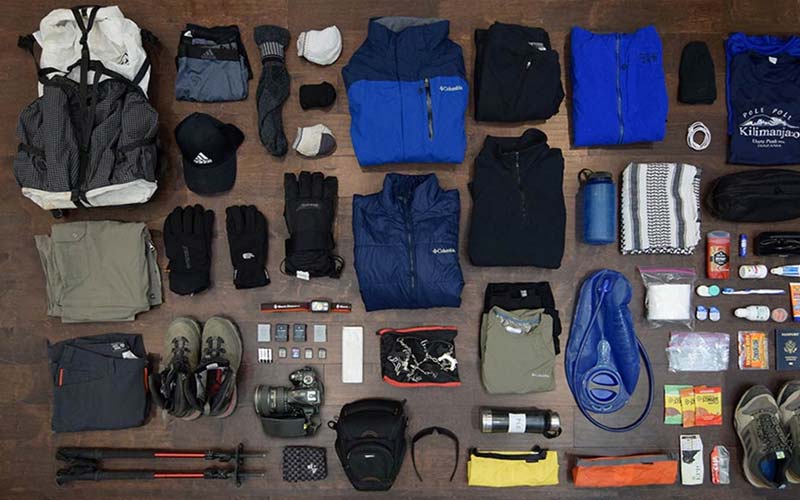
- Medications: Headaches are common at altitude, so pack pain relievers like ibuprofen, paracetamol, or Nurofen. Additionally, include diarrhea tablets in case of gastrointestinal issues.
- First Aid Kit: Carry a small first aid kit with basics like bandages, antiseptic wipes, adhesive tape, and blister treatment to address minor injuries or ailments.
- Hand Sanitizer: Maintain hygiene and prevent the spread of germs with hand sanitizer, especially in remote areas where handwashing facilities may be limited.
- Malaria Tablets: If traveling to malaria-prone areas before or after your Kilimanjaro climb, ensure you have a supply of malaria tablets as recommended by your healthcare provider.
- Mosquito Repellent: Protect yourself from mosquito bites and reduce the risk of mosquito-borne illnesses by applying mosquito repellent regularly.
Electronics
- Head Torch: Vital for navigating in low-light conditions, a head torch provides hands-free illumination. Bring spare batteries to ensure continuous use throughout your trek.
- Camera: While phone cameras offer high-quality images, consider bringing a dedicated camera for enhanced photography. Ensure you have sufficient storage space and bring a charger or extra batteries to keep it powered.
- Power Adapters: Carry power adapters compatible with the outlets in Tanzania to recharge your electronic devices as needed.
- Power Bank: A power bank provides additional charges for your devices, ensuring you stay connected and powered up throughout your journey.
- Spare Batteries: In addition to spare batteries for your head torch, consider carrying extras for other electronic devices to avoid running out of power unexpectedly.
- Mobile Phone: Utilize your mobile phone for capturing photos and staying connected. Ensure it’s fully charged and consider bringing a portable charger for extended battery life.
Miscellaneous Kilimanjaro Kit
- Water Bottle: Carry a 3-liter water bottle to stay hydrated throughout your climb.
- Water Purification Tablets: Ensure access to safe drinking water by using water purification tablets to treat water from natural sources.
- Walking Poles: Support your knees and improve stability on challenging terrain with walking poles.
- Earplugs/Eye Mask: Enhance your sleep quality in camp with earplugs and an eye mask to block out noise and light.
- Microfiber Towel: Stay fresh and dry with a compact microfiber towel that dries quickly and takes up minimal space in your pack.
- Polarised Sunglasses: Protect your eyes from harmful UV rays and glare off the snow with polarized sunglasses.
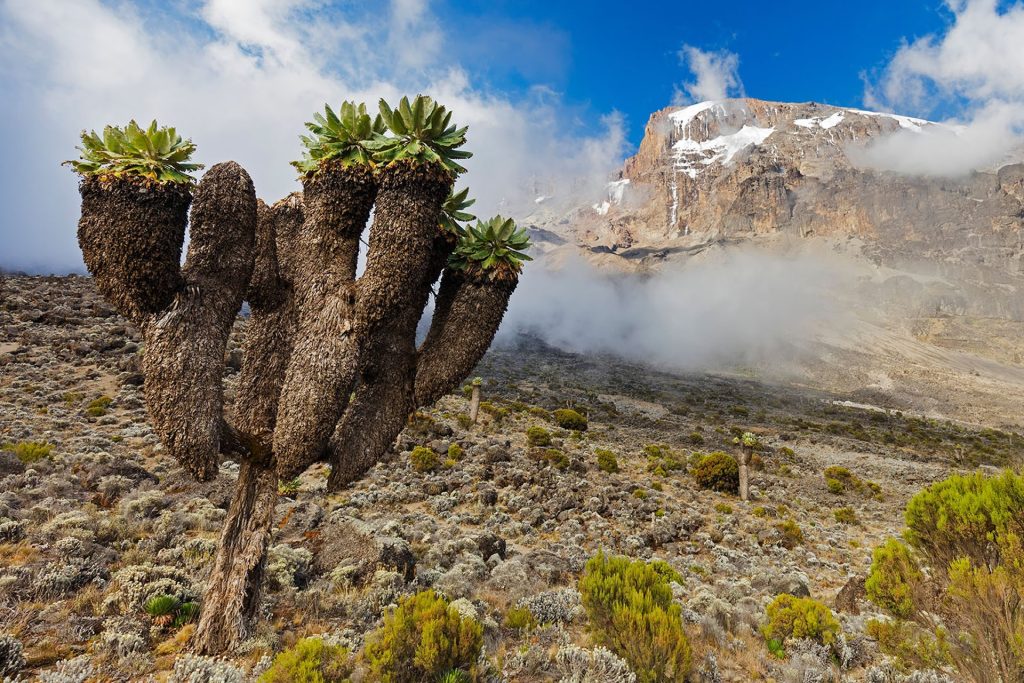
Kilimanjaro Climb
Book Hiking tours to Mount Kilimanjaro, The Roof of Africa, Best Prices Guarantee!
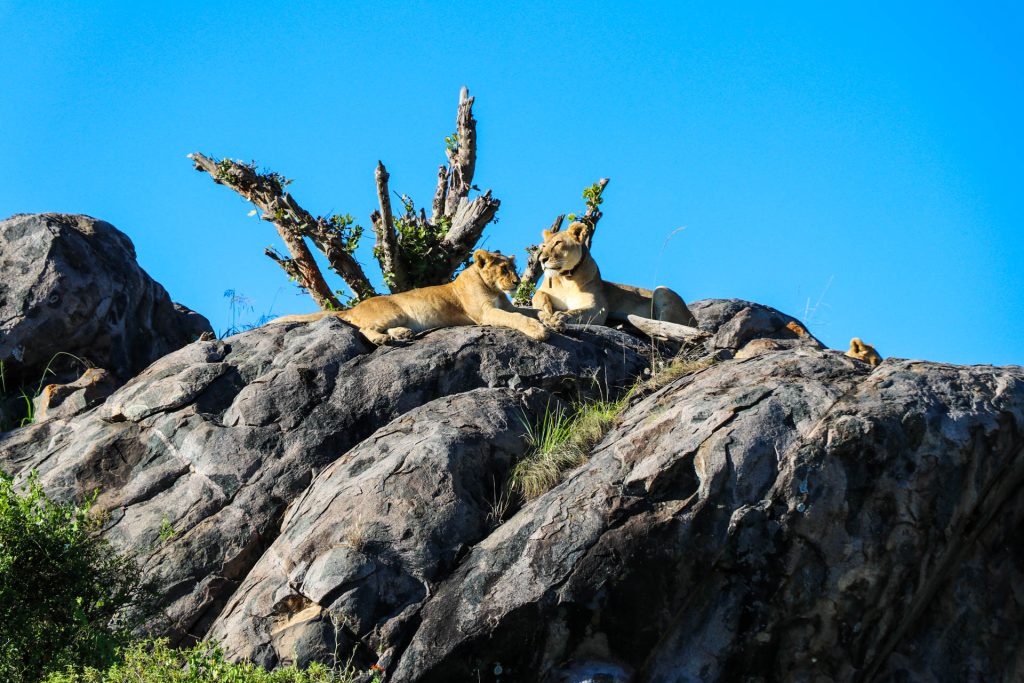
Tanzania Safari Vacations
Explore our Unforgettable Tanzania Budget, Mid-Range & Luxury Wildlife Safari.
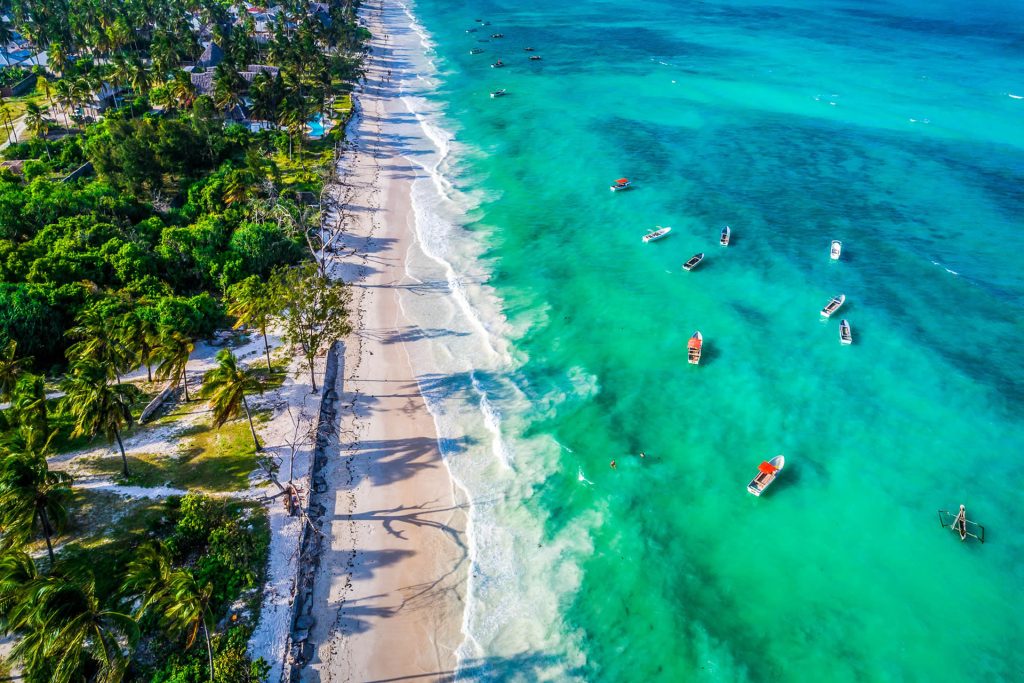
Beach Excursions
Visit Zanzibar Island and Coastal Tanzania for beach tours before and after a climb or safari.
ABOUT BOKER ADVENTURE…
Boker Adventure is a Tanzania Tours company located in Moshi town along the slope of Mount Kilimanjaro committed to offering local experiences such as Mount Kilimanjaro climbing experiences, Tanzania Wildlife Safari Experiences, Tanzania cultural tourism, bike tours, honeymoon, Air Ticketing and beach holidays. At Boker Adventures, we offer you a unique and comprehensive selection of Tanzania Private tours that are tailor made to suit your schedule and budget.
Please give us an opportunity to organize your African dream holiday!.

